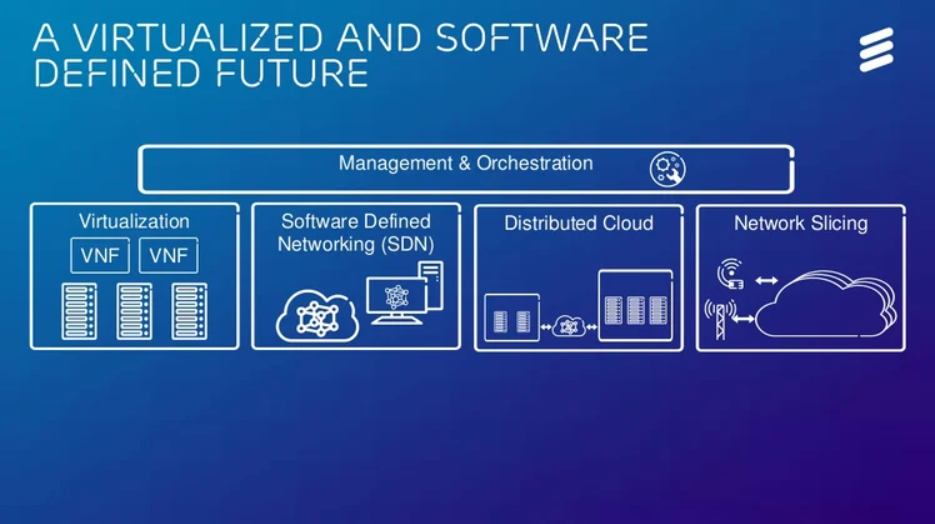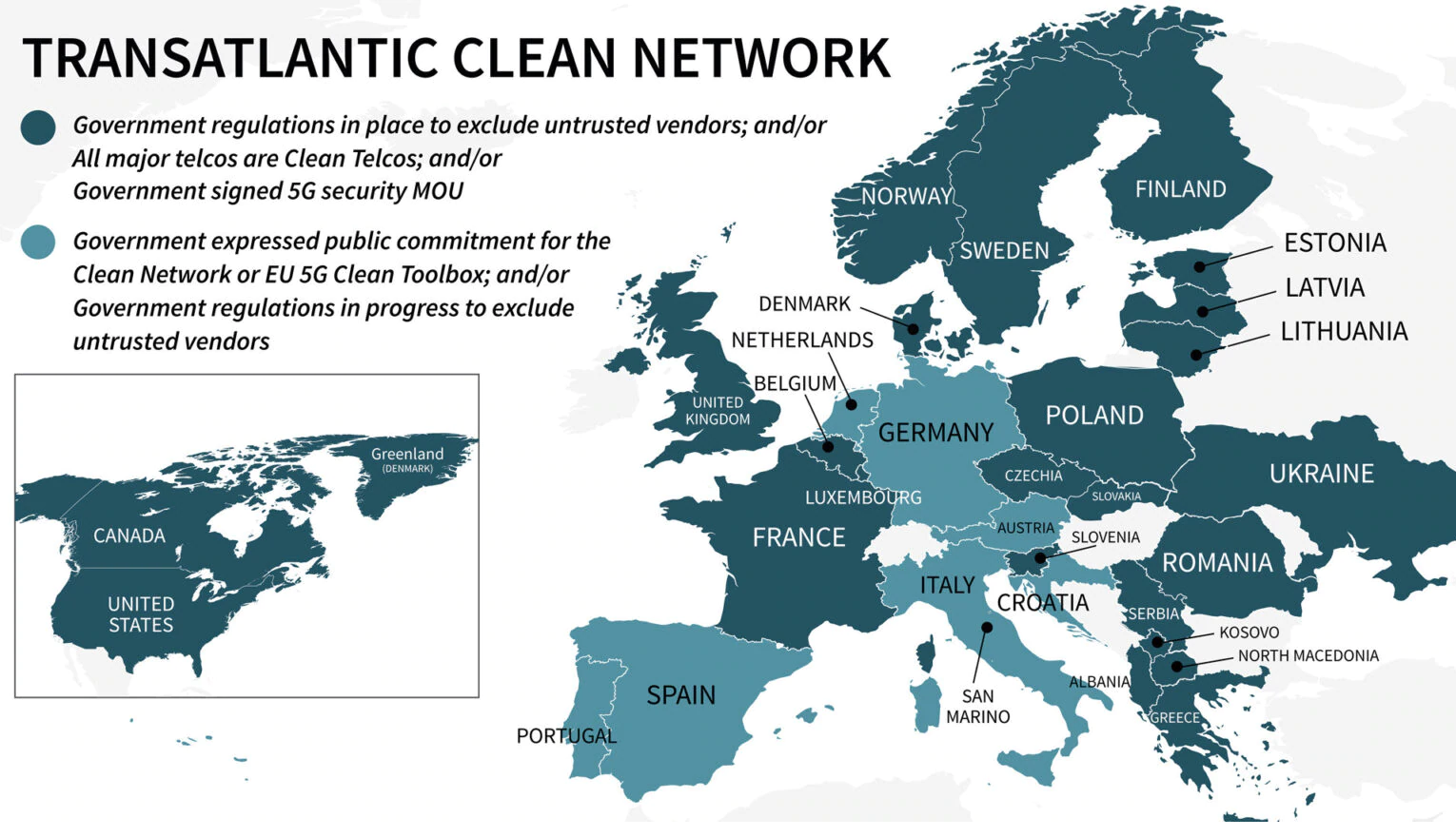5G
5G, the fifth generation mobile network, is key in unlocking the potential of artificial intelligence (AI), the Internet of Things, (IoT), virtual, augmented, and mixed reality, and more. The extent to which 5G will revolutionise many aspects of our lives is akin to the shift from the typewriter to the computer.
What makes 5G special compared to previous generations of mobile networks? It comes down to the differences in speed, latency, and bandwidth. 5G can be significantly faster than 4G, delivering speeds up to 10 Gigabits-per-second, while 4G tops out at 100 Megabits-per-second. Practically, 5G will allow us to download a high-resolution movie in 6 seconds at its peak download speeds. It will also essentially eliminate latency, enabling virtual interactions and conversations to be closer to real life.
More importantly, this will enable real-time remote control of automated processes (in industrial or smart city environments, for instance) that involve sensors and smart devices. Furthermore, 5G comes with increased bandwidth, which allows for greater optimisation of network traffic and smooth handling of usage spikes. We will experience seamless connectivity even in crowded areas, such as concert halls and stadiums. 5G will allow billions (if not trillions) of smart devices around the world to connect and interact among themselves, and with us.
The infrastructure of 5G will look significantly different from past generations. 5G network infrastructure allows signal processing power to be moved away from transmitting ends and further into the cloud. Essentially, 5G networks can be virtualised and will open up wider market competition, as this virtualisation enables the use of end-equipments that are less technologically advanced and software solutions to operate a network. The market for 5G network infrastructure will include not only traditional telecom equipment vendors (e.g. Huawei and Ericsson), but also software-based companies such as Rakuten and Microsoft.

Benefits
First and foremost, 5G will enable IoT to reach its full potential. It will not be limited to smartphones and tablets – industrial sensors, wearables, medical devices, and vehicles will all be connected to the Internet once 5G networks are widely available. Factories will be ‘smart’ in the way that each sensor that collects and uses data will optimise production line efficiency, reduce energy consumption, and enable time-sensitive operational process controls. In smart cities, AI will adjust traffic signals and traffic flows by conducting video analytics to minimise the time cars idle at red lights, which can save time and frustration while helping reduce air pollution.
With the significantly reduced latency of 5G, virtual reality (VR) will be highly relevant in the field of medicine. For instance, surgeons can perform remote surgery by using a VR headset and a special glove to control a robot arm that performs an operation in another location. Teleconferences, which have become a new norm for office workers due to COVID-19, can also offer a closer-to-real life experience as people will experience fewer dropped connections, better video quality, and ubiquitous mobility thanks to the improved speed and bandwidth of 5G.
Broader context
The advent of 5G comes with edge analytics, a new model of data analysis, in which data processing occurs at a non-central location such as a device and sensors. Traditionally, AI has been equipped in the cloud; however, it will be fully distributed to each device and sensor to conduct data analysis. In theory, this approach enhances privacy and reliability because the data processing is conducted closer to the source.
Technonationalism is not new but has escalated with 5G. Many countries are racing to develop and deploy 5G networks because of two assumptions: (a) An early technological lead grants countries a first-mover advantage and (b) dominance in certain technologies grants them an edge in other fields. The ongoing confrontation between the USA and China is a prime example that illustrates how the world’s large economic and military powers see 5G as critical for the control of their economies and national security. 5G diplomacy based on uni- and bilateralism can lead to a fragmented world. The Eurasia Group warns that a bifurcated 5G ecosystem will increase the risk that the global technology ecosystem separates in two parts that are politically divided and potentially non-interoperable.
5G technology will transform military capabilities by: Improving intelligence, surveillance, and reconnaissance (ISR) systems and processing; enabling new methods of command and control (C2); and streamlining logistics systems for better efficiency. The low latency communication on 5G network will also enable unmanned and autonomous weapon systems.
Security
The virtualisation of 5G brings a new set of security vulnerabilities to the fore. As 5G infrastructure becomes more virtualised (i.e. detached), moving from signal processing at specific and complex transmitting ends to processing software in the cloud, the vulnerability of the cloud and underlying systems introduce vulnerabilities to the 5G network as well. In previous generations of mobile networks, specific hardware by specific vendors would need to have been targeted by specific attacks to exploit vulnerabilities.
As more and more devices and sensors are connected to the Internet and become integral to many aspects of our lives – such as water supply, traffic lights, and autonomous vehicles – the security of 5G is no longer just a technical issue but an economic, political, and trade issue. Protecting 5G networks from malicious attacks will become even more challenging due to the exponential growth in the number of connected devices and the large bandwidth inherent to the network. It highlights the importance of enforcing security standards for IoT devices because unsecure or compromised devices will lead to network breaches and hacking.
Just like 3G and 4G, a lack of transparency continues to be an issue with 5G, but to a greater extent. The amount of data that travels through current broadband networks will drastically increase with 5G. As more and more devices will be connected to 5G networks, the amount of data that travels through networks will exponentially grow, which makes it extremely difficult to detect suspicious activity.
Though no concrete evidence has been discovered yet, surveillance and espionage are key security concerns regarding 5G to nation states. In 2012, the US raised the potential risk of espionage by foreign adversaries through telecommunications infrastructure. Since then, trust has become an integral element to take into consideration in the procurement and deployment of equipment to build future generations of telecommunications networks, and even more so with 5G. To ensure the security of telecommunications networks and avoid equipment manufactured by ‘untrustworthy suppliers’, the EU and NATO agreed on a 5G cybersecurity framework, the Prague Proposal. Additionally, the EU released its 5G Toolbox to identify ‘a possible common set of measures which can mitigate the main cybersecurity risks of 5G networks’ and ensure a co-ordinated approach among its member states. In the London Declaration, NATO and its allies showed their commitment to ensure the security of 5G communications and recognised the need to rely on secure and resilient systems.
While governments seek to diversify vendors of 5G equipment, manufacturers aim to offer transparency. For instance, Huawei opened its Cyber Security Transparency Centre in Brussels and Oxfordshire. However, it is questionable to what extent transparency centres are useful because of limitations, such as the level of openness to code, available time, and depth of inspections. The UK government’s Huawei Cyber Security Evaluation Centre Oversight Board confirmed such limitations in its 2020 annual report. The board stated that through its inspection, it can provide only limited assurance that all risks to the UK’s national security by Huawei’s involvement in the UK’s critical communication infrastructure can be sufficiently mitigated long-term.
Trade and economics
The market of mobile network infrastructure is competitive. The three major players are Huawei, Ericsson, and Nokia, which own 80% of the market share in 3G and LTE networks. With 5G networks being rolled out globally, these three companies remain the most powerful. Out of 239 5G deals across the world, Huawei won 38% of contracts, Ericsson 34%, and Nokia 28%. Huawei’s edge in the 5G market lies in its 1500 patents on 5G-related technology. When combined with patents by ZTE, 36% of all 5G patents are owned by Chinese firms.
As mobile networks have evolved, the supply chain has become more complex than ever, with software and hardware components being manufactured all over the world. As technonationalism continues to rise, governments are attempting to place restrictions on access to key components that are manufactured by unfavorable foreign vendors. However, such measures can end up adversely affecting the market for all by slowing down competition and increasing costs.
To accelerate the development and deployment of virtualised 5G networks, service providers established the Open Access Radio Network (O-RAN) Alliance in 2018. The O-RAN Alliance’s open interface will allow small vendors to launch their own services and allow operators to customise their networks. The alliance was founded by AT&T (USA), China Mobile (Tawian), NTT Docomo (Japan), Orange (France), and others. While the O-RAN Alliance represents an alternative for countries that boycott Huawei, its open architecture 5G networks would be still built on Chinese patents with royalties being paid to Chinese firms, even should the networks be equipped entirely by vendors from the USA and its allies.
Banning and dismantling certain vendors’ equipment is costly. In the USA, it has been estimated that it would cost USD$12 billion to bar Pentagon and NASA contractors from using Huawei and other Chinese technologies. The EU would need to commit additional €55 billion to build 5G networks without Huawei, which would delay the roll-out by 18 months. Moreover, the UK’s decision to phase out Huawei's equipment will cause a delay of 2 to 3 years, costing approximately £2 billion.
In the USA, for instance, users are already eager to make the switch to 5G home internet due to faster data transfers, and low costs of equipment. In contrast to developed nations, developing countries may struggle with initial investments in building 5G-ready infrastructure. Telecom firms in Africa cannot launch full 5G services until each country holds a spectrum auction; they also need to build a network of masts or antennas to transmit signals, which will be an expensive investment. Little interest from customers does not incentivise companies to invest, as customer priorities seem to lie in affordability, rather than speed. For instance, more than 40% of Nigerian mobile Internet users use the cheaper but slower 3G network even though the country has an extensive 4G network.
Monitoring: Huawei ban
The potential of 5G to transform the economy, military, and simply the way we live has led countries to race to take a leadership role in the technology. Huawei, a technological leader in 5G networks, finds itself in an extremely adversarial environment. The USA is pushing a transnational campaign to boycott Huawei and other Chinese vendors from 5G networks worldwide. The US Department of State launched the Clean Network Initiative to build a coalition of countries to safeguard privacy and enterprises’ sensitive information from malicious foreign actors. As of November 2020, 27 of 30 NATO allies and 26 of 27 EU member states have joined the initiative, representing nearly two-thirds of the world’s GDP.
The GIP Digital Watch Observatory launched an interactive map that visualises which country has banned Huawei. The map is updated regularly.
Health
Does 5G affect health? 5G technology achieves a significant increase in data transmission rates compared to previous generations by using a higher transmission frequency. 5G will use a frequency band between 700MHz to 6GHz – which is somewhat wider than that of 4G – but will also use frequencies at significantly higher windows, ranging from 26GHz to 71GHz, with variation from country to country. The electromagnetic frequency of 5G is non-ionising, meaning that it cannot change atomic structure like x-rays do.
The World Health Organization (WHO) states that no adverse health effects have been causally linked with exposure to wireless technologies. However, only a few studies have been carried out at the higher frequencies that are used by 5G. The WHO will publish a health risk assessment from exposure to radio frequencies, including the 5G radiofrequency range. Such a study may play an important role in debunking mis- and disinformation on 5G. In early 2020, fake news on 5G spread across social media platforms. There were false claims that 5G weakens the immune system and makes people more susceptible to COVID-19 and that the virus could be transmitted through 5G networks. These claims lack any scientific evidence, but some of those who believed it took to the streets and torched masts in ten European cities.





